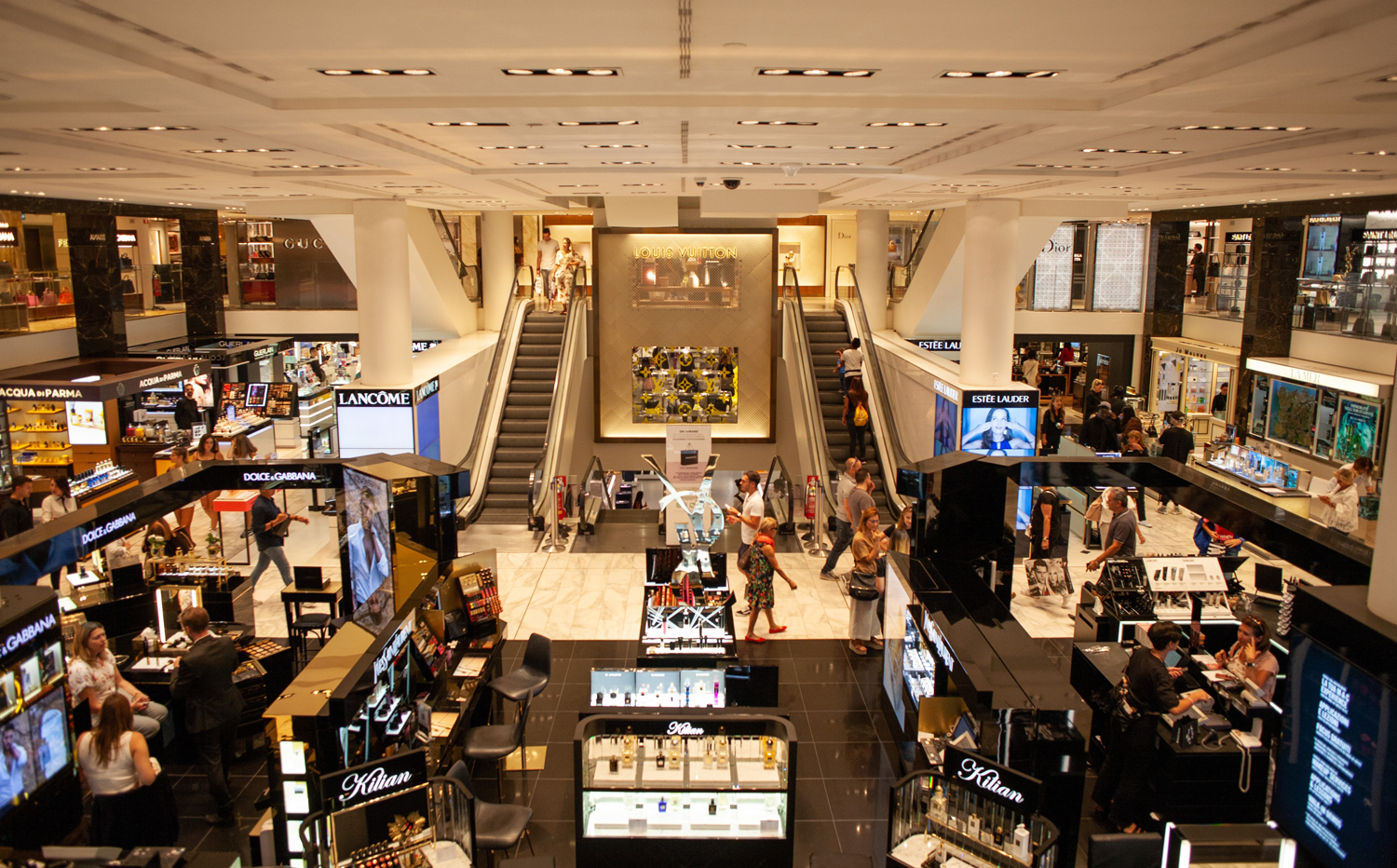What Does the Shopping Mall of the Future Look Like?
Shopping malls have been at the forefront of commercial real estate conversations for years now.
After a seemingly endless discussion, the future outlook of the American shopping mall remains hazy. We still don’t know exactly what will save malls and bring these public shopping centers back into the spotlight for consumers.
A New World for Malls
Back in 2019, many predictions were made. The most prominent forecast for retail’s revival of the shopping mall was based on experiences. Fun, social, personalized, and specialty – malls were to become a place where you could do it all. Prominent retail brands were teaming up with eateries and entertainment companies to offer a totally new era of mall culture.
However, 2020 happened – and those predictions quickly became irrelevant.
When the coronavirus pandemic hit the commercial scene with unexpected intensity, the needs of the American mall took another drastic turn. Right now, the attention has shifted away from luxury experiences and towards health, wellness, and safety.
These pressing demands have changed the course of mall development, but they’ve also added a welcomed dose of certainty. Unlike the quickly passing trends of experience, the ‘new normals’ of the coronavirus are here to stay.
CRE’s retail sector now has a better idea of where to take malls than it has in years, and these actionable items are set to reshape malls in 2021 and beyond.
Here’s an idea of what the malls of the future will look like:
The Rise of Omnichannel
The trend of omnichannel retail has been growing since 2018, but as we move forward, it will become standardized. Brick and mortar will continue to team up with e-commerce to meet consumer demands and keep up with industry competition.
Delivery, BOPIS, and same-day pick-up options for online orders will restructure the way shoppers interact with malls.
Blending with the Medical Space
With COVID-19 displaying immense resilience, health and safety will remain top of mind within mall development.
The addition of minute-clinics and small scale medical offices into the pool of mall tenants is expected to rise in 2020. Not only does this assist in promoting health and wellness for shoppers, but it will also coincide with the growing med space trend of smaller, more accessible offices.
Offering quick and convenient services combined with the need for COVID safety measures will initiate a blend between malls and CRE’s medical arena.
Multifamily Collaborations
The med space isn’t the only sector that is forecasted to merge with malls. Multifamily will also be taking steps to rebuild the modern mall as on-site living options are integrated within these commercial sites.
Multifamily is eyeing malls as a potential place to develop lifestyle communities. Whether the development projects completely recycle a weak mall location into an apartment site or retail and multifamily will be blended in a single asset will vary between projects.
This trend of combining work, life, and play into one model is expected to reverberate throughout CRE in 2021. What are your predictions for the next phase of retail’s mall scene?


